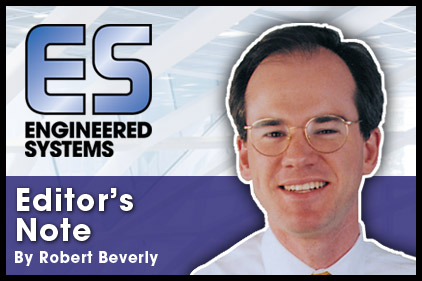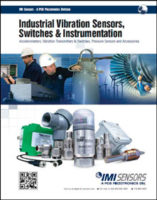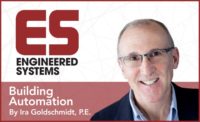Jeff Seewald touched on the progress of home thermostats — and in particular, the Nest products that have done so well the last couple of years — when he sent me his latest installment on using tablets and new tech in engineering (look for it in March). Within a week, some eye-catching news came across the wire: Google bought Nest for $3.2 billion.
Right away, I saw a couple of friends online having second thoughts about the Nest thermostats they had bought or had been considering for their homes. After all, one of the neat characteristics of the later units is the ability to stand beneath a unit and literally “wave off” the alarm, with the help of some motion sensor to recognize you’re there and you want it to know that there’s no real emergency, you just burned the pancakes.
Articles from publications like Forbes quickly broke down the purchase for what Google is really looking for from this acquisition. The goals appears fairly mundane to me. However, we’re not exactly in a climate where people shy away from Big Brother-type suspicion these days, and a web giant like Google picking up technology that brings ideas like motion sensors and mesh technology into your living room … well, let’s just say I’ll be interested to report back on whatever I hear about this transaction at AHR.
DECREASED ENERGY USE MAKES ITSELF AT HOME
A recent Associated Press article noted that the average residential power usage for 2013 is turning out somewhere around 10,800 kWh. The article chalks up the decrease (for the third year running) to a combination of more efficient “gadgets” and also more energy-efficient structures.
Normally we don’t deal in residential news, but this seemed noteworthy from a perspective of general building trends. I’d wonder if perhaps commercial gains might be even greater, proportionally, since a real retrofit is much more common in a commercial building than in a home.
Of course, just as the AP’s Jonathan Fahey points out that newer tech is also running more often in residences, the nonresidential data center and facility electronics loads are surely taking a bite out of any commercial efficiency savings, too.
The trend reminded me of two thoughts seen in past issues of ES. One, the fairly straightforward idea that buildings can cut consumption just by putting the actual usage data out where occupants can, you know, SEE it themselves. And more counterintuitively, Andrew Rudin wrote a feature for us in January 2011 titled, “When Does Efficiency Not Save Energy?” It attracted significant attention by exploring why improved efficiency doesn’t necessarily wind up meaning you’re using less energy.
BLOGGY GOODNESS
Finally, you heard me tout it last month, and now we have the “ES Blog” tab up on our homepage to take you to ES Insights and its first passel of content.
One entry is from Michaels Energy, with whom we’ll enjoy a content partnership to share some items from their great series of newsletters. First time out, the contributor is Jonathan Hilyard, LEED GA, and he delivers some good thoughts on how to attack a steam system that isn’t performing as efficiently as you’d like. In particular, he posits that properly deployed thermostatic radiator valves could provide a welcome boost for facility engineers.
Elsewhere, familiar friend Kevin Dickens of Jacobs has saddled up to add value to our endeavors once again. In his blog debut, he breaks the ice with a little info about himself and invites some reader interaction. Got any acronym you’d like to discuss? DCIM, DOAS, maybe LEED? Or perhaps you’re weighing VRF and overhead VAV? Our neighborhood data center guru is awaiting the chance to have a little more casual dialogue with you through the blog.
And of course, I’ll be trawling for interesting tidbits, engineering or otherwise, to keep things moving. So hit that tab on the homepage for the latest ES Insights.
Industry Events
February 24
Fume Hood Testing Seminar
NEBB
Kansas City.
For info, visit www.nebb.org.
March 19
NEBB Basic Building System Commissioning
Certified Professional Seminar & Exam
Atlanta.
For info, visit www.nebb.org.
April 7
ASHRAE High-Performance Buildings Conference
ASHRAE. San Francisco.
For info, visit www.ashrae.com.
April 9
GLOBALCON 2014
Association of Energy Engineers, et al.
Atlantic City, NJ.
For info, www.globalconevent.com.





